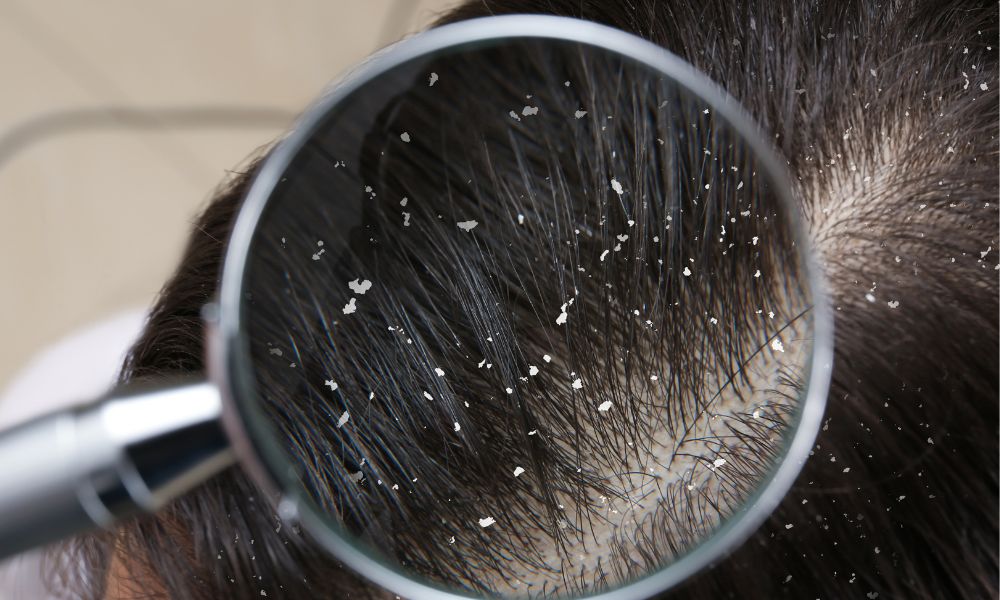
Dandruff Diaries: Why It’s More Than Just Flakes?
It’s one of the most Googled scalp concerns. Everyone seems to have it. And yet — dandruff remains one of the most persistent and misunderstood problems we see in the clinic.
It’s not just about dry flakes on a black T-shirt. It’s about itching, irritation, social embarrassment, and sometimes, even hair loss.
Let’s talk about it.
Why Is Everyone Talking About Dandruff Lately?
Because so many people have it — but very few know how to deal with it correctly.
From teenagers to adults, dandruff is incredibly common, especially in tropical climates like India. Humidity, pollution, stress, and product buildup only add fuel to the fire. And with endless product recommendations floating around on social media, confusion is at an all-time high.
What Dandruff Really Is
Dandruff is often caused by an overgrowth of a yeast called Malassezia which thrives on oily scalps. It leads to scalp inflammation and a rapid turnover of skin cells — which show up as white or yellowish flakes, often accompanied by itching, redness, and discomfort.
Here’s the catch — it’s not just a dryness problem. In fact, oiling the scalp can make it worse.
Yes, You Read That Right — Stop Oiling Your Scalp!
We know oiling is deeply rooted in tradition — but when it comes to dandruff, it’s often the biggest enemy.
Why?
Because the yeast that causes dandruff feeds on oil. By adding more oil to your scalp, you’re literally giving the dandruff a richer environment to thrive in. So while it may feel soothing temporarily, oiling can worsen flakes and itching in the long run.
Dandruff and Microinflammation — The Silent Damage
What many people don’t realise is that dandruff isn’t just cosmetic — it causes microinflammation in the scalp.
This low-grade, chronic inflammation:
- Weakens hair roots over time
- Disrupts the scalp’s natural barrier
- Can worsen conditions like seborrheic dermatitis
- Might even be an early indicator of male or female pattern baldness
Yes, in some cases, that flaky scalp could be an early sign of balding — especially if there’s a family history or if hair fall is also present.
So What’s the Right Way to Treat It?
- Use a medicated anti-dandruff shampoo 2–3 times a week
- Avoid oiling the scalp — focus on moisturising the hair lengths if needed
- Keep the scalp clean, especially after sweating or workouts
- Use leave-on scalp serums or lotions if prescribed
- Get a dermatologist's opinion if it’s recurrent, severe, or associated with hair loss
Final Thoughts
Dandruff is common — yes. But it doesn’t have to be constant.
With the right approach, you can control it, soothe your scalp, and protect your hair from future damage.